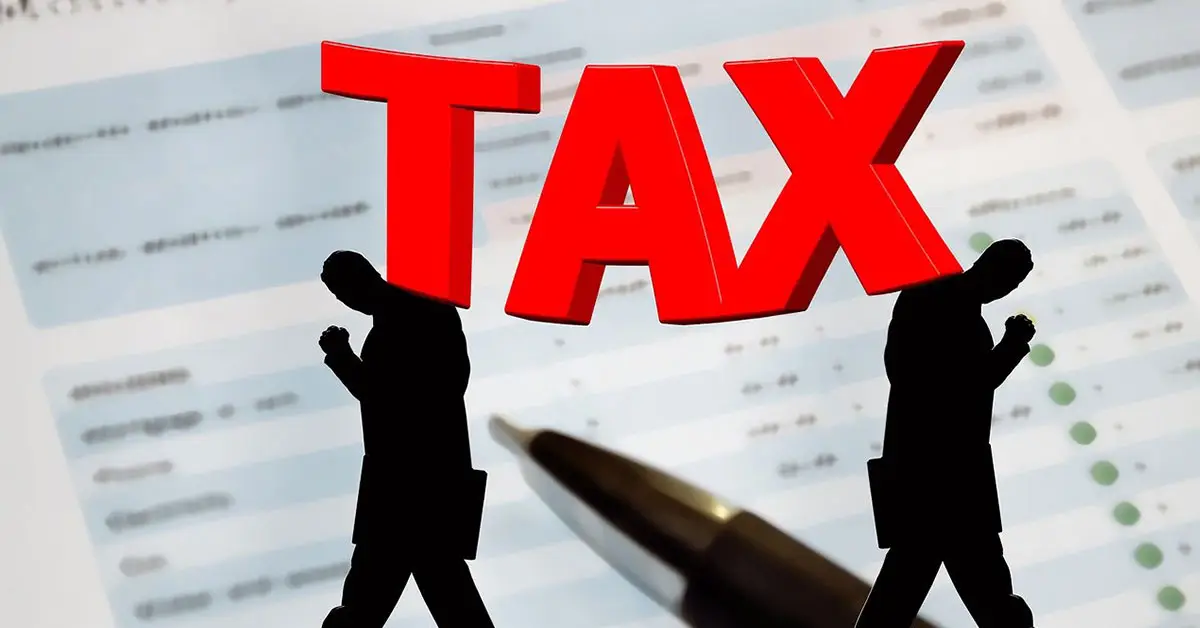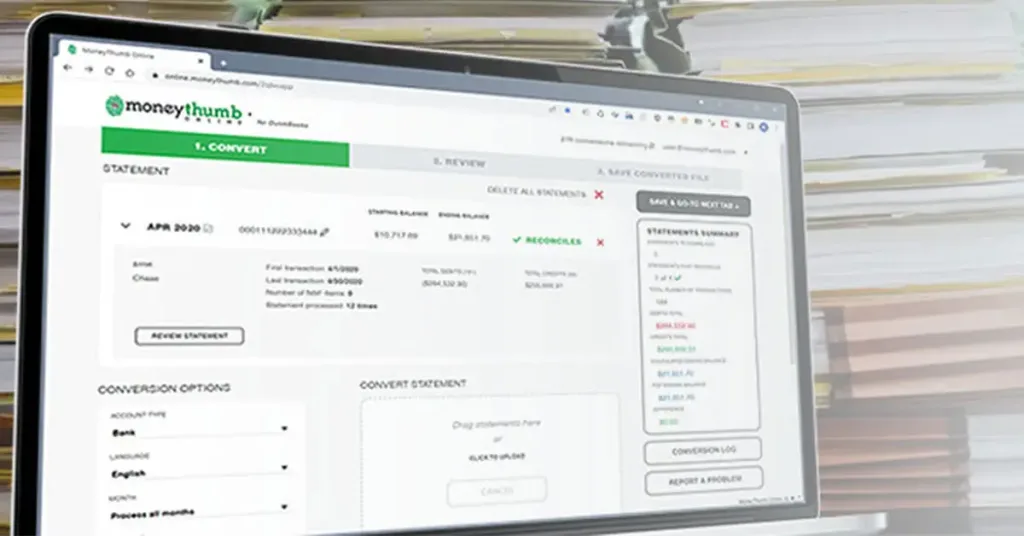The last quarter of the year is the time when experienced accountants take action to get ready for tax season. Instead of waiting until the last minute, they plan ahead and get organized. They check client records, review reports, and update files so that everything is in order before the new year begins. This early preparation helps avoid stress, mistakes, and long working hours during tax season. In this article, you’ll learn about the main steps successful accountants take to make sure tax season goes smoothly and efficiently.
1. Review and Organize Client Files
The first step for accountants in the last quarter is to organize all client files. When financial data is complete and properly sorted, work during tax season becomes easier and faster. Successful accountants spend this time making sure that every record, receipt, and form is in the right place and ready for use.
Why Reviewing Files Matters
Organizing client files before tax season saves time and reduces stress. It helps accountants spot missing information and fix problems early. A well-organized filing system also helps prevent errors during tax filing. Accountants can easily locate key documents like invoices, receipts, and past returns without wasting hours searching. This process also improves client communication because everything is easily accessible and transparent. With clear and complete files, accountants can work faster and deliver better results to clients.
How Accountants Organize Their Files
Successful accountants follow a simple process to keep records organized:
- Review income, expenses, and balance sheets for accuracy.
- Label digital folders clearly by year and category.
- Check for missing receipts or unrecorded payments.
- Use accounting software to store digital copies safely.
- Back up all files on secure drives or cloud storage.
By completing this process, accountants ensure that all data is ready for quick review and reporting during tax season. A clean and accurate file system makes everything else easier.
2. Reconcile Bank Accounts and Credit Statements
Another key step accountants take is reconciling all bank and credit card accounts. This means matching every transaction with financial records to confirm that everything is accurate and complete. It’s one of the best ways to detect errors before they become big problems.
Why Reconciliation Is Important
If bank statements and accounting records don’t match, financial reports can be incorrect. That can lead to delays and extra work during tax filing. Reconciliation allows accountants to find missing entries, double payments, or misclassified expenses. It also ensures that all income is correctly reported. With everything matching, accountants know that their data is accurate. This helps build client trust and keeps financial reports in line with the law.
How to Reconcile Accounts Effectively
During reconciliation, accountants typically:
- Compare each transaction on the bank and credit statements with entries in accounting software.
- Investigate and correct unmatched transactions or duplicate entries.
- Confirm that all deposits, transfers, and payments are properly recorded.
- Note any irregularities and fix them before finalizing the books.
Once this is complete, accountants have a clear view of their clients’ finances, which saves time and stress later when tax forms are prepared.
3. Review Payroll Records
Payroll is one of the most sensitive areas of accounting, and errors can easily lead to penalties or unhappy clients. Successful accountants carefully check every payroll record before year-end to make sure everything is correct.
Why Payroll Review Matters
Payroll mistakes can cause serious tax issues, such as incorrect W-2 or 1099 forms. Reviewing payroll before tax season helps confirm that every employee’s information is right, all deductions are correct, and taxes have been paid. It also ensures compliance with tax laws and avoids confusion during filing. This step gives both accountants and clients peace of mind that payroll data is accurate and complete.
Steps Accountants Take During Payroll Review
Here’s how accountants handle payroll review before year-end:
- Verify employee names, Social Security numbers, and addresses.
- Check total wages, bonuses, and benefits for accuracy.
- Ensure payroll tax deposits have been made correctly.
- Reconcile payroll reports with accounting records.
- Review contractor payments and prepare 1099 forms if needed.
By addressing payroll before the new year, accountants avoid last-minute corrections and ensure smooth W-2 processing.
4. Analyze Profit and Loss Statements
A smart accountant doesn’t just record numbers—they study them. Reviewing profit and loss statements in the last quarter gives accountants a clear picture of how a business performed during the year.
Why Reviewing P&L Helps
Profit and loss statements reveal how much money a business made or spent. By reviewing these reports, accountants can identify spending patterns, track profits, and highlight areas where costs can be reduced. This information is also useful for making smart year-end decisions—such as whether to make new purchases or delay expenses to balance taxable income. Reviewing the P&L early helps avoid surprises later.
Key Points Accountants Look For
When analyzing profit and loss statements, accountants focus on:
- Unusual changes in revenue or expenses.
- Increases in operating costs that may affect profitability.
- Areas where expenses can be reduced or deferred.
- One-time or nonrecurring transactions that need clarification.
By doing this, accountants can guide clients on tax-saving moves and help them make financially sound decisions before the year closes.
5. Identify Tax Deductions and Credits
The last quarter of the year is the ideal time to find and plan for tax deductions and credits. Successful accountants don’t wait until filing season to look for savings—they start early.
Why Early Planning Matters
When accountants identify deductions in advance, clients can take actions before December 31 to reduce taxable income. For example, they may decide to buy equipment, prepay expenses, or make charitable donations. These actions can legally lower the amount owed in taxes. Early preparation ensures that clients don’t miss out on tax benefits due to a lack of time or planning.
Common Deductions and Credits to Review
Accountants usually review these areas for tax-saving opportunities:
- Deductions: Office supplies, utilities, business insurance, travel, and depreciation.
- Credits: Energy-efficient property credits, small business health care credits, or R&D credits.
- Contributions: Retirement plan contributions or charitable donations.
By identifying these early, accountants help clients plan spending wisely and maximize savings when filing taxes.
6. Meet with Clients Before Year-End
Strong communication sets successful accountants apart. They meet with their clients before the year ends to review results, share insights, and plan for tax season.
Why Client Meetings Are Valuable
Meeting clients before tax season helps clarify questions and prevent delays. It also allows accountants to discuss financial performance, tax-saving options, and any changes in laws that might affect the business. This proactive step keeps clients informed and confident in their accountant’s guidance. It also builds long-term trust and improves professional relationships.
What to Discuss During the Meeting
During these year-end discussions, accountants usually:
- Review business performance and key financial metrics.
- Discuss possible deductions, credits, and timing of expenses.
- Confirm that all required documents are received.
- Offer guidance for next year’s goals or budget.
A clear discussion ensures that both accountant and client start the new year prepared and aligned.
7. Prepare a Year-End Closing Checklist
A checklist helps accountants make sure no important task is forgotten. Successful accountants rely on a detailed year-end checklist to close the books properly and prepare for tax season.
Why a Checklist Is Useful
Tax season can involve hundreds of small details. A checklist helps accountants stay organized and track progress. It also reduces the chance of missing deadlines or forgetting key steps like filing payroll forms or finalizing statements. With a clear checklist, accountants can move through each task confidently and on time.
What the Checklist Includes
A typical accountant’s year-end checklist includes:
- Completing all account reconciliations.
- Reviewing and approving financial statements.
- Updating fixed asset records and depreciation.
- Preparing W-2 and 1099 forms.
- Backing up financial data securely.
This organized approach ensures that no step is missed and everything is ready before filing begins.
8. Update Accounting Software and Tools
Technology plays a major role in accounting. During the last quarter, successful accountants update their software and systems to make sure everything runs smoothly when the tax rush starts.
Why Software Updates Are Important
Outdated software can cause errors or slow performance. It may also lack the latest tax updates or security patches. By updating early, accountants reduce risks and improve accuracy. Updated systems make data entry faster, generate more reliable reports, and protect client information from threats.
Key Tech Tasks Accountants Handle
Accountants typically perform these updates:
- Install the latest versions of accounting and payroll software.
- Test cloud backups to confirm data safety.
- Review user permissions and change passwords.
- Check cybersecurity systems and data encryption settings.
By maintaining up-to-date tools, accountants can handle the busy tax season with confidence and efficiency.
Conclusion
The last quarter of the year gives accountants the perfect opportunity to prepare for tax season with greater focus and control. By organizing client files, reconciling accounts, reviewing payroll, and analyzing financial reports early, accountants can spot issues before they turn into problems. They also take time to meet clients, plan strategies, and update accounting tools for better accuracy and security. This early preparation saves valuable time, reduces last-minute stress, and ensures smooth operations during the busy months ahead. Above all, these steps strengthen client trust and set the stage for a confident, error-free, and successful tax season.
References
- https://www.tmc.ac.uk/news/how-to-become-an-accountant/
- https://zoetalentsolutions.com/fully-qualified-accountant/
- https://www.spendesk.com/blog/accountant-qualities-skills/
- https://madrasaccountancy.com/blog-posts/how-to-be-a-successful-accountant-best-practices-guide-ma
- https://www.careervillage.org/questions/1018994/what-are-the-steps-to-having-a-successful-accounting-career-after-college
- https://cfohub.com/10-step-guide-to-a-successful-accounting-systems-implementation/
- https://futurefirm.co/starting-an-accounting-practice/
- https://www.solvexia.com/blog/15-crucial-skills-of-an-accountant
- https://www.pba.edu/academics/outcomes/articles/how-to-become-an-accountant/





















Add comment